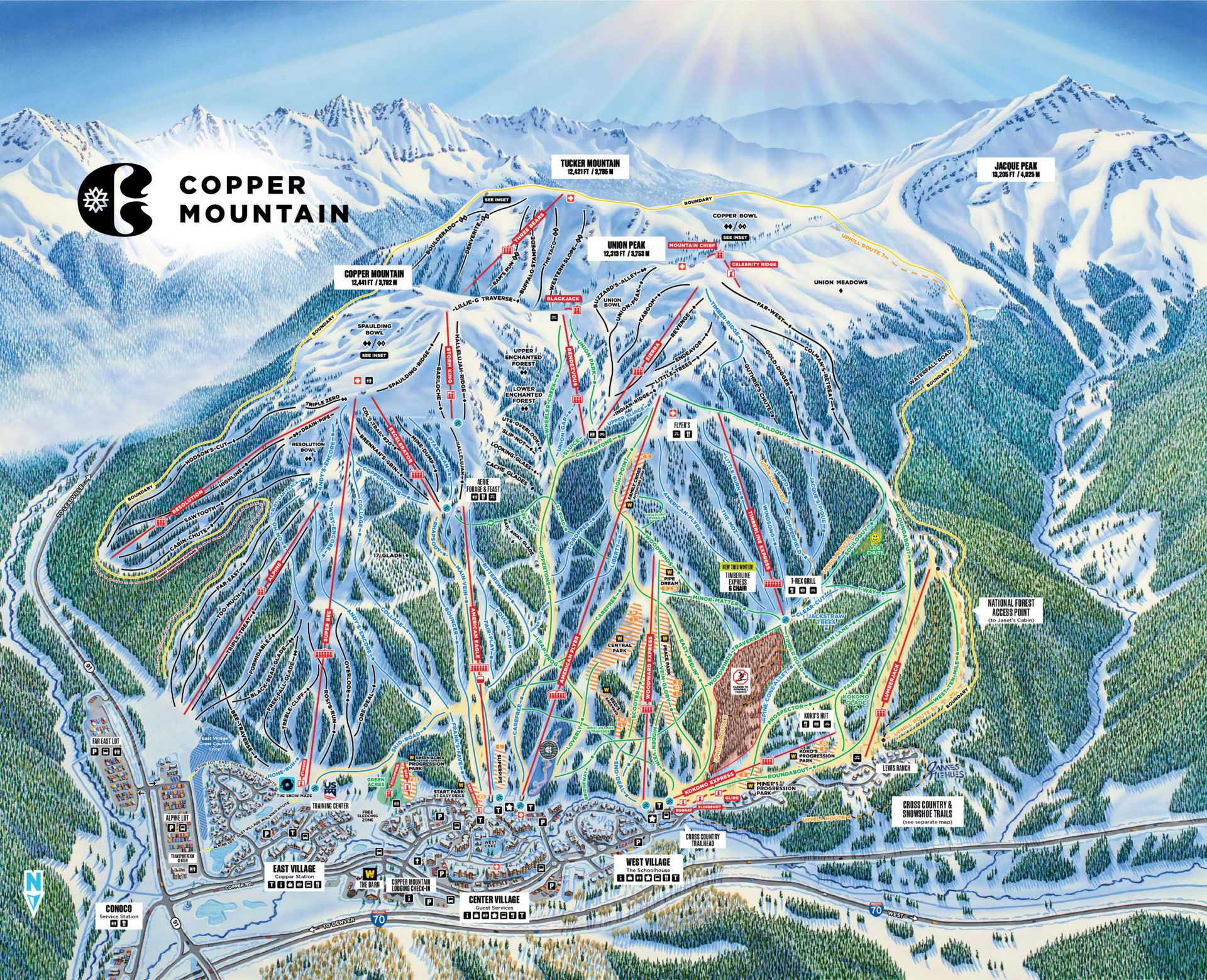
A recent collision at Copper Mountain, Colorado, between a male skier and two elderly women who had momentarily paused on the run led to assault charges–not for the skier responsible for the accident, but for one of the women involved.
According to the Summit County Sheriff’s Office, the collision sparked an angry outburst from one of the elderly women, who struck the male skier across his chest with her ski pole. This impulsive action resulted in her receiving a court summons for assault.
Colorado’s Ski Safety Act requires skiers to maintain control and awareness, emphasizing that “each skier has the duty to maintain control of his speed and course at all times when skiing and to maintain a proper lookout to avoid other skiers and objects.” It doesn’t account for post-collision behavior. Though perhaps understandable, given the shock of the incident, the woman’s reaction crossed a legal threshold that the initial accident did not.
To mitigate such incidents, the National Ski Areas Association has developed a set of guidelines called “Your Responsibility Code.” These recommendations include staying vigilant of one’s surroundings, stopping only at the edge of runs where visible to others, maintaining controllable speeds, giving fellow skiers ample space, and adhering to the basic rules outlined in the Skier’s Responsibility Code. By following these guidelines, skiers can help create a safer mountain environment, potentially avoiding collisions and their unexpected aftermath.
